What do Firefighters do when they cannot see
I’m sitting here on the recliner writing this while watching Home Alone (the original that came out in 1990) , and I was just surfing the internet and checked out an interesting question on Quora. Even though as firefighters, it’s easy to forget that things that seem “obvious” to us, are not that obvious to you guys and gals, looking to get into the fire service. Unless you watch personal cameras of firefighters going into live fires, you don’t really get to see a glimpse of what firefighters actually go through when fighting fire. So the question was “What do firefighters do when they are in a fire that has a lot of smoke that makes it hard to see anything?”
Firefighters do a few things, since almost all structure fires are difficult to see in. Some techniques used are left and right handed searches, sounding the floor, and feeling around with hand tools, following a hoseline, as well as using your senses such as sound and touch.
Hollywood Firefighting
Hollywood unfortunately has given the general public a very unrealistic view of what real structure fires are like. Shows such as station 19 tend to do this, therefore you have real firefighters that make fun of the lack of common sense and realism depicted on these shows, which by the way are hilarious. Check out this video.
Hollywood firefighting shows and movies tend to show structure fires that keep the working area very well lit, and nearly 100% visibility. I can’t blame them for that, because real footage would actually be pretty boring to watch, and who doesn’t want to watch firefighters do some cool heroic things.
Some of the heroic things that these shows will show, that can be extremely deadly if actually done in real life are those scenes where firefighters, police officers or even people, run into a fire, rescue people or things, by simply covering their nose and mouth with a shirt or jacket. The truth is that this environment will be so hot, that you will want to stick to the floor, in an attempt to not feel like you are burning, especially without firefighting turnout gear. If a person goes into a burning structure, and breathing in all that garbage in the smoke, they can easily die from smoke inhalation very quickly. I am going to talk a little more about this later in this article.
Real World Firefighting
A real live fire is much different compared to Hollywood firefighting. It is dark, nearly no visibility to the point that you cannot see your own hand up in your face. Check out this video, and compare it to the first one I showed you.
Barely being able to see in a structure fire is something that is very common, and forces you to use your other senses such as touch, and sound. Touch, you’re not actually touching anything with your bare hands, unless you do not want it back. You can feel heat on your turnout gear, in order to get an indication of where the fire is in case you cannot see the fire. You also can feel for a compromised floor by sounding floors as you move through a hot and dark burning structure.
Left and right handed searches are a technique used for search and rescue of potential victims, as well as navigating through a burning structure like you are a blind man. On a right handed search, you move while constantly remaining in contact with the wall on your right hand side. If there is a turn, you follow that turn, or decide to spread a little out (while always maintaining contact with each other, to attempt to search a wide area. Same thing when it comes to checking for rooms. When the lead person finds a door, you can feel with your gloved hand to see if the fire is there, otherwise this is a room that also needs to be checked for potential victims. While the lead stays outside of the room, at least one firefighter behind the lead firefighter will go into that room and sweep for victims (while always maintaining contact with the wall and their crew.
IDLH Environments
I talked a little bit about IDLH environments. IDLH stands for “Immediately Dangerous to Life & Health. The site of a structure fire is an IDLH environment because of the things that are contained in that smoke. The reason many people die in structure fires from smoke inhalation is because there are a few common toxic chemicals found in smoke. Those are Hydrogen Cyanide, Hydrogen Sulfide or Carbon Monoxide. These toxic gasses like carbon monoxide tend to displace oxygen in a person’s bloodstream. This makes it easy to confuse blood oxygen sensors to think the patient’s oxygen levels are within normal limits when they are not even close.
Smoke also contains many times, cancer causing gasses and chemicals that are referred to as carcinogens. After every fire or IDLH environment you enter, all of your PPE needs to be washed with special soap, with a special washer and dryers. Taking dirty PPE into your personal vehicle or even living spaces, can expose you to the same chemicals and gasses that are lingering on your uniform, well after the scene of the emergency.
Hazardous Material (HAZMAT) spills/leaks are another example of IDLH environments that you may be required to enter as a firefighter. There is a special guide that is not only used by the fire service, but also by other public safety agencies, businesses. Truckers, pilots, mariners and anyone who carries or transports these hazardous materials. This guide is known as the Emergency Response Guide (ERG). I will write a post on this alone in the future. Long story short, this guide will tell us exactly what chemical is present, whether it is a solid, liquid or gas. It will tell us information like if it is an inhalation hazard and how far we must evacuate and isolate the material downwind and in all directions. If you are in a manufacturing setting and they had a Hazmat spill, you will have to treat this in many aspects similar to a structure fire. You will have to set up decontamination zones and much more. Protect your lungs and what you inhale always, and do not ever feel ashamed about wearing your SCBA.
How Firefighters Navigate In The Dark
I touched on many different ways firefighters are able to navigate through the dark. Some ways firefighters are able to find each other, is using alarms or sounding floors and walls around you in order to be found. Just about all SCBAs have a PASS device attached to the system. The role of the PASS device is to sound a very loud alarm, in order for other firefighters to find you if you become lost or stuck. Not only is there a loud noise, the SCBA begins to flash lights in an attempt to help it’s user to be found. The PASS device is literally a life saver, and you better know how to use it, before ever entering an IDLH environment, in case you are caught in a bad situation.
Special Considerations For Big Guys
I’ve talked a lot in this post about moving in zero visibility IDLH environments including structure fires. As a big guy myself, there are things I need to take into consideration and my crew is aware of it as well. I have much more mass than my skinnier coworkers are. No matter how great of shape I am in, it takes more energy and oxygen for my body to do the same amount of work as a smaller guy or gal. SCBA cylinders are time rated based on a person in a non stressful environment. On average a 4500 psi bottle of air may be rated for about 30-40 minutes. In reality, that bottle will last you maybe 15-20 minutes, because you will be working hard advancing hoselines, conducting search and rescue, forced entry and more. In regards to oxygen, when your officer gives a status report for your team, the oxygen level for the entire team is the person with the lowest amount of oxygen. This is one of the important things I mentioned in this post where I talked about things you need to be doing to be a successful probationary firefighter. One of the things I mentioned in this post was the necessity of making sure all of your equipment including the amount of air you have in your SCBA is always full.
Conclusion
Firefighting is inherently a dangerous job, and training like you will perform in real life, will help you when you go into an IDLH environment where you cannot see anything. Rely on your training, and know your equipment, because this knowledge will keep you alive. I have a simple but effective free 4 step PDF on how to get hired by your dream department. Make sure to grab yourself a copy below
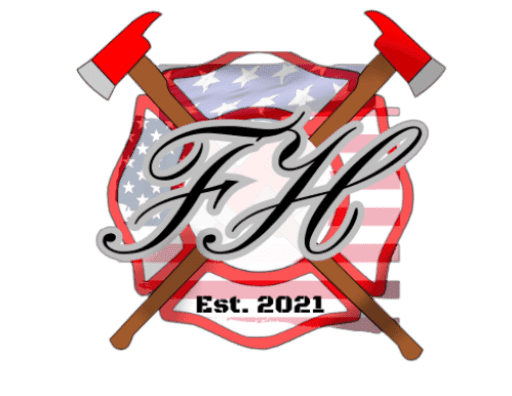
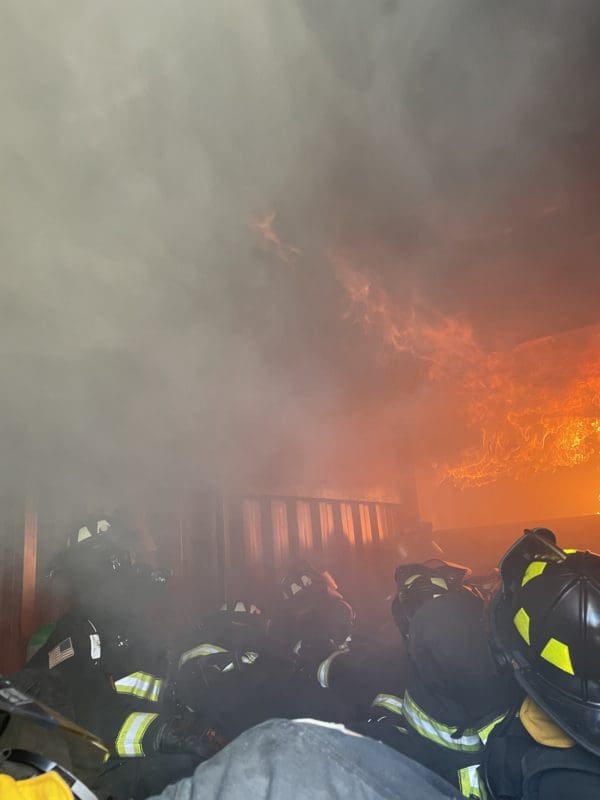
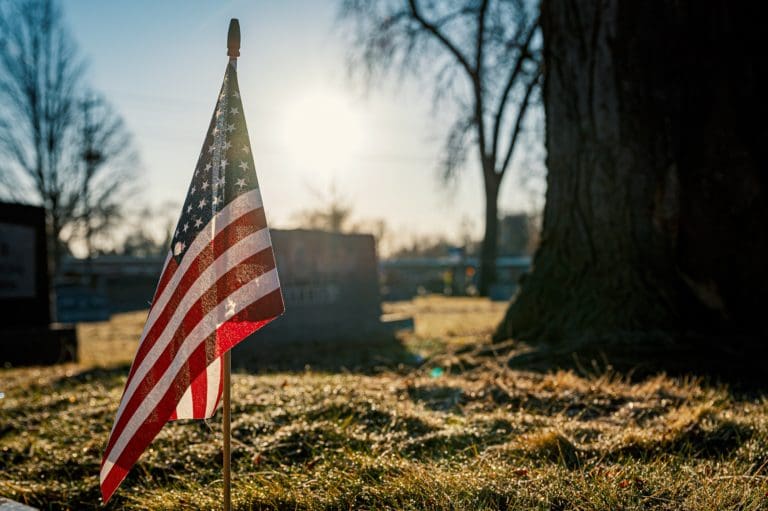
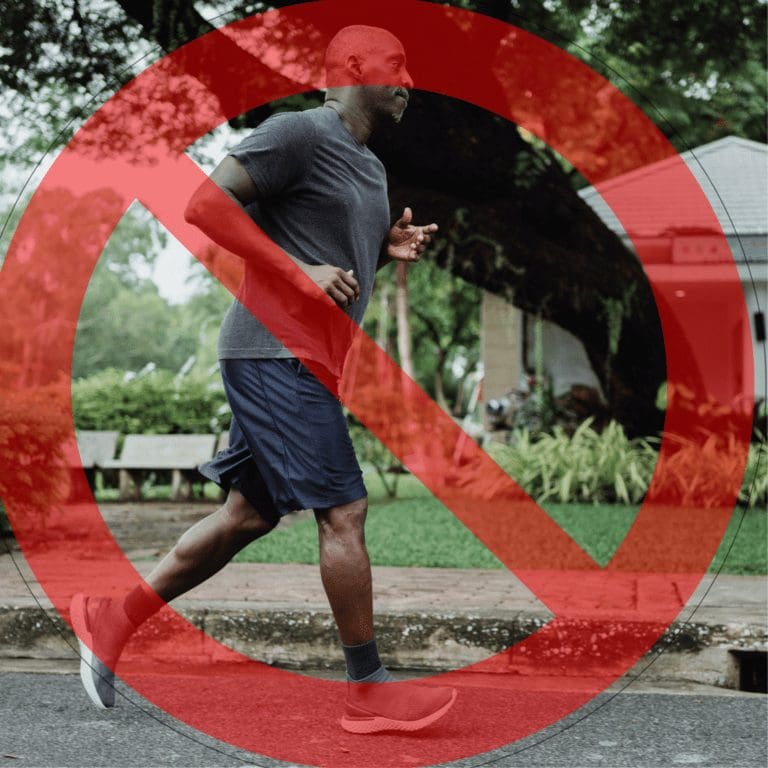
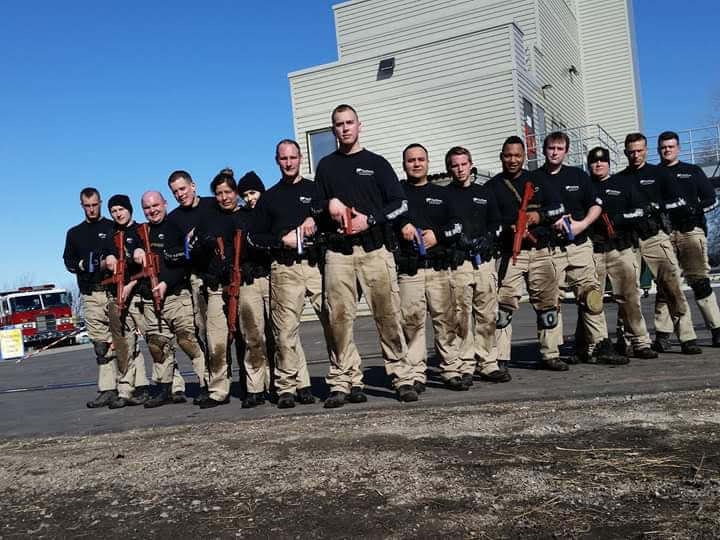
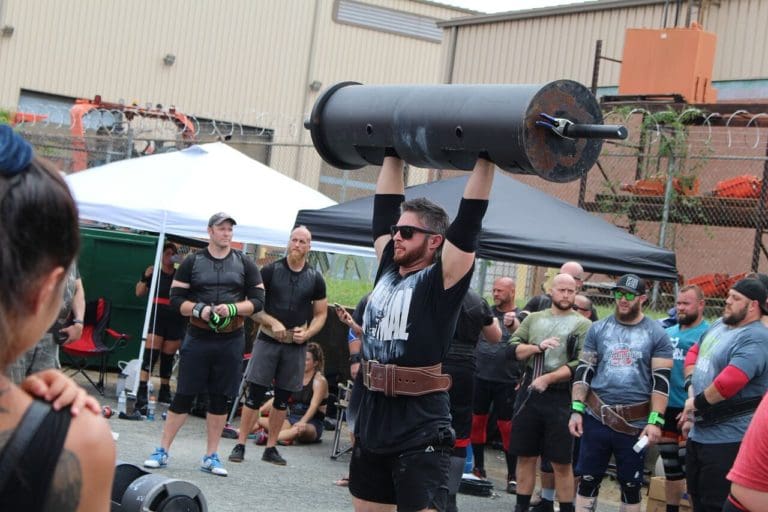
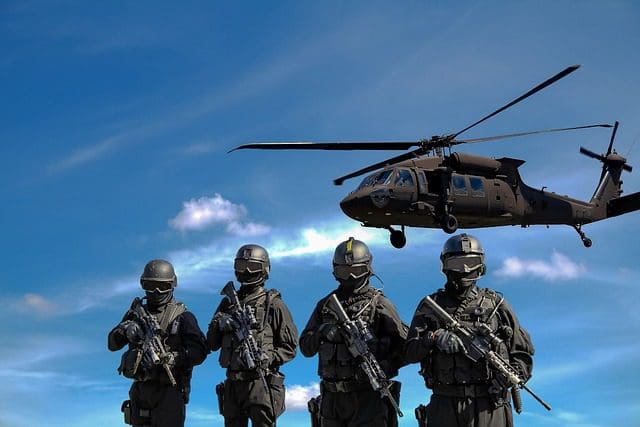
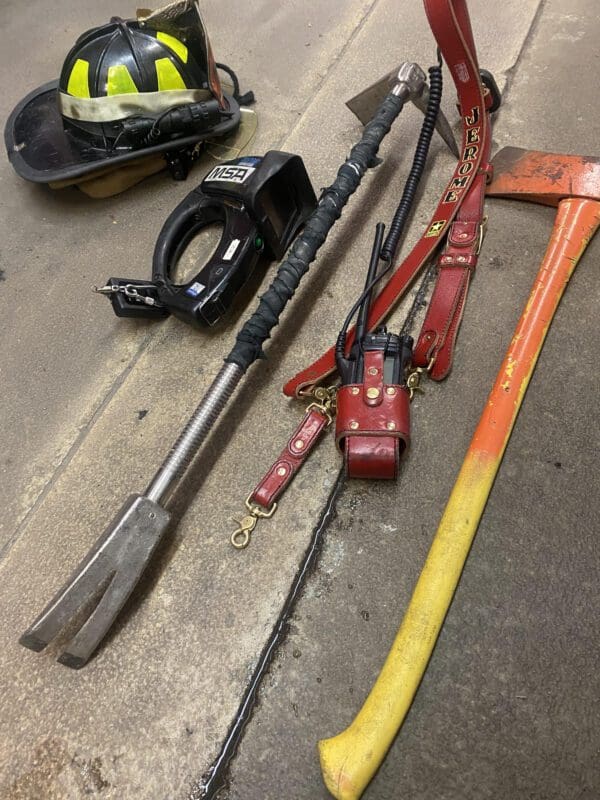
2 Comments